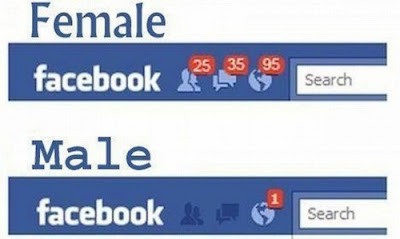Want to share a computer with your family or friends on a regular
basis? Do you want to keep your bookmarks, themes, and settings separate
from everyone else’s? You can add new users to Chrome to let everyone
have their own personalized copies of Chrome on the same computer.
Add a new user
- Click the wrench icon
 on the browser toolbar.
on the browser toolbar. - Select Options (Preferences on Mac and Linux).
- Click Personal Stuff.
- In the “Users” section, click Add new user.
A new window for the user appears, with a special icon for the user in the top corner. Here, you can sign in to Chrome with
a Google Account to associate the account with the user. Once signed
in, all the bookmarks, apps, extensions, theme, and browser settings for
the user will be synced to the account.
If you prefer, you can also choose to skip this step and not sign in.
Settings for the user will be saved only on your computer instead.
( Multiple users using Chrome is intended to provide a
quick and simple way to set up personalized copies of Chrome for people
who are already sharing Chrome on the same computer. It isn’t
intended to secure your data against other people using your computer.
To truly protect your data from being seen by others, please use the
built-in user accounts in your operating system of choice. )
Switch to another user
Click the icon on the top corner of the window and select the user you want to switch to.
Let us see about editing an user:
If you have multiple users associated with Chrome, you can change the label and icon associated with a particular user.
(These settings are not available if you only have one user associated with the browser. You can only edit the current user.)- Click the icon in the top corner of your window and select the user you want to edit.
- A window for the user you've selected will appear. In that window, click the wrench icon
 on the browser toolbar.
on the browser toolbar. - Select Options (Preferences on Mac and Linux).
- Click Personal Stuff.
- In the “Users” section, select the user you'd like to edit.
- Click Edit.
- In the “Edit user” dialog that appears, you can choose a new name and icon for your user.
- Click OK to save your changes.
How to delete an user:- Click the wrench icon
 on the browser toolbar.
on the browser toolbar. - Select Options (Mac & Linux: Preferences).
- Click Personal Stuff.
- In the “Users” section, select the user that you want to delete.
- Click Delete. Alternatively, you can click the X icon to the right of the user.
- In the confirmation dialog that appears, click Delete.








































